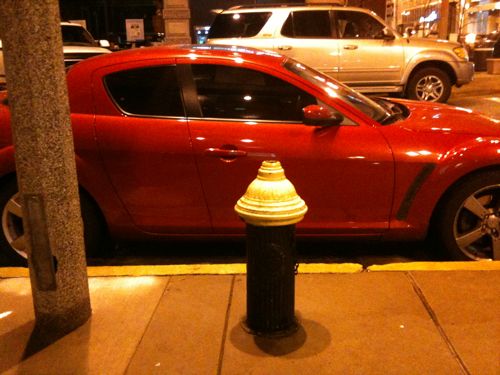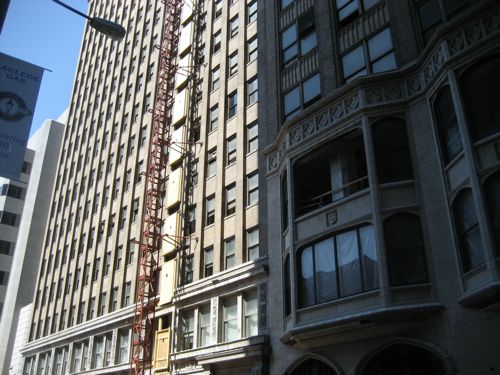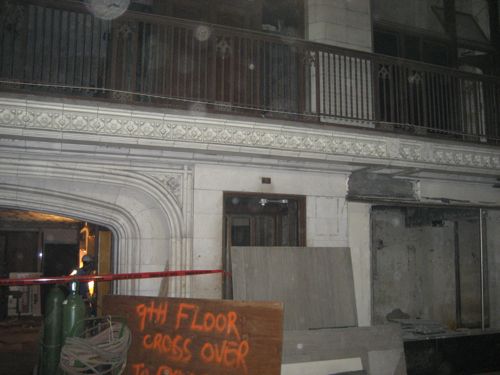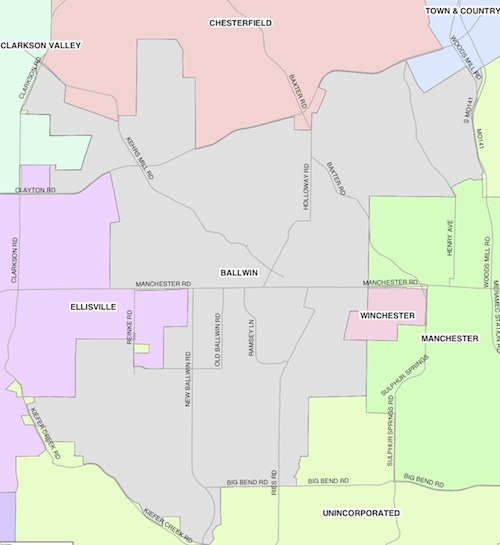2010 Highlights
What a year 2010 has been! I started the year with a list of Regional goals/strategies. Only one came to be — the April passage of the transit tax in St. Louis County. That vote triggered a previously approved tax in the city. Metro has restored & improved transit service, keeping the region mobile.
We saw the Obama Administration announce high speed rail with improvements from St. Louis to Kansas City and to Chicago. It will be some time before this pays off but when it does St. Louis will benefit.
The City to River concept of a tree-lined boulevard replace 1.5 miles of soon to be former I-70 gained momentum, including acknowledgment from all five finalists in the City + Arch + River Competition.
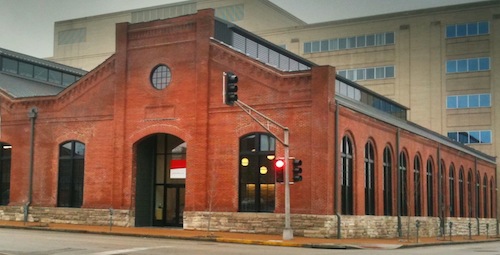
We did see some construction projects get completed in 2010, such as the offices of Paradowski Creative at 20th & Locust. The St. Louis Centre bridges over Washington Ave & Locust were removed and the former indoor mall is being turned inside out with retail facing the sidewalks on all four sides.
Just down the street, the long-annoying taxi stand on the sidewalk in front of the convention center has been relocated to 8th Street.
Work has started on the adaptive reuse of the Clemens Mansion on Cass. Â Other small projects have been completed or started in the city.
The St. Louis Rams were sold and the team seems to be trying to impress their new owner. Â All in all, not a bad year.
On a personal note, August 2010 marked 20 years of living in St. Louis, in 2013 I will have lived half my life here. To the natives, it doesn’t matter. I wasn’t born here, I can’t stand St. Louis-style pizza, and I didn’t go to high school here. For me, St. Louis is home.
Celebrate safely tonight.
– Steve Patterson
